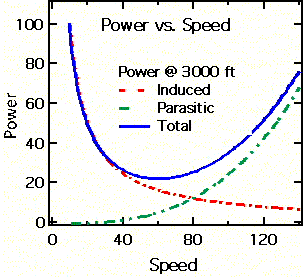Mike Smith
En-Route
- Joined
- May 15, 2011
- Messages
- 2,626
- Location
- Prattville, Alabama
- Display Name
Display name:
Fresh Prince of PrattVegas
This is an interesting discussion for me. I did 8 landings today and I finally got my first really good one. I'm training in a warrior and I go 1500 rpm abeam, pitch for 80 and flaps 1, turn base flaps 2, turn final flaps 3 and go to idle over the fence. It works perfectly when I work it perfectly. It is absolutely about nailing the speed. If I'm fast, I float. If I'm slow I have to add power late, then float.





